The ability to critically think does not develop in children until around age 12. It begins after the child’s fundamentals are drilled into them. We used to understand this basic principle of education. This is why classical education was so effective. It was also why prior generations of Americans were so successful in life. The educational ‘Elites’ decided that a population that was able to critically think was too difficult to control. They changed our education system to remove critical thinking. Our children have suffered for their arrogance. It is time to take an active role in the education of your children. ~ Rosemary Stein, MD
 By now it’s old news that many Americans can no longer think for themselves. True, they have strong opinions, but often those opinions are influenced by prominent leaders and can turn around as quickly as the winds of political favor.
By now it’s old news that many Americans can no longer think for themselves. True, they have strong opinions, but often those opinions are influenced by prominent leaders and can turn around as quickly as the winds of political favor.
Unfortunately, such a state is likely driven by the education system. Although schools purport to be fans of “critical thinking,” many schools no longer teach the philosophy or logic classes which were once a prominent part of high school education. Continue reading

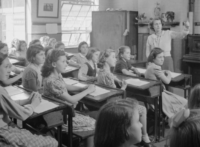 In recent years, many Americans have adopted the idea that public education is neutral ground. Such a mentality has undoubtedly sprung from the fact that the public school is the agent of the government, an entity which strives to keep itself clear from sectarian, political, or other ideological viewpoints.
In recent years, many Americans have adopted the idea that public education is neutral ground. Such a mentality has undoubtedly sprung from the fact that the public school is the agent of the government, an entity which strives to keep itself clear from sectarian, political, or other ideological viewpoints.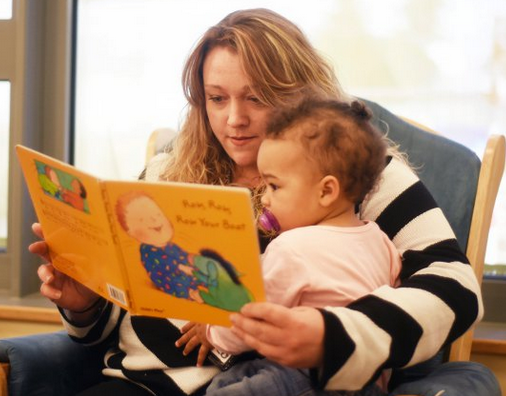 Sometimes it seems that America is on a never-ending quest to boost achievement and make education better. One year, classroom technology is the answer to the problems. The next year, the answer is universal preschool. The year after, test abolishment is believed to be the solution. And on it goes.
Sometimes it seems that America is on a never-ending quest to boost achievement and make education better. One year, classroom technology is the answer to the problems. The next year, the answer is universal preschool. The year after, test abolishment is believed to be the solution. And on it goes.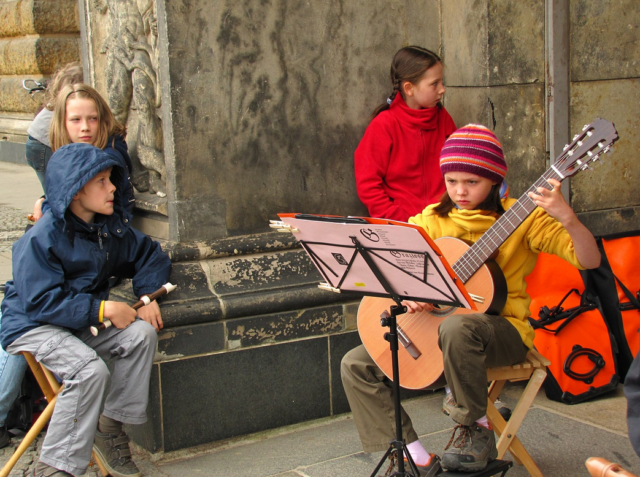 We all want the best for our kids. Because of this desire, it’s quite discouraging to see when efforts to boost progress in reading, math, and other subjects flatline in schools across the country, as the chart below shows.
We all want the best for our kids. Because of this desire, it’s quite discouraging to see when efforts to boost progress in reading, math, and other subjects flatline in schools across the country, as the chart below shows.  One of the hallmarks of modern America is the tendency toward prolonged childhood. While it used to be the norm to enter the adult working world by one’s mid-to-late teens, students now extend their preparation for career well into their twenties (and sometimes beyond), enabled by parents who act as their caretakers, education experts who insist that they get as much classroom education as possible, and a government that encourages them to stay on the family health plan until age 26.
One of the hallmarks of modern America is the tendency toward prolonged childhood. While it used to be the norm to enter the adult working world by one’s mid-to-late teens, students now extend their preparation for career well into their twenties (and sometimes beyond), enabled by parents who act as their caretakers, education experts who insist that they get as much classroom education as possible, and a government that encourages them to stay on the family health plan until age 26.  To many Americans, high school seems like a normal part of life. To not attend is unheard of; to fail to graduate is a death sentence for one’s future.
To many Americans, high school seems like a normal part of life. To not attend is unheard of; to fail to graduate is a death sentence for one’s future. For generations, each autumn has bestowed the unofficial arrival of adulthood on young people as they head off to college for the first time.
For generations, each autumn has bestowed the unofficial arrival of adulthood on young people as they head off to college for the first time. Since Donald Trump got into office and appointed school choice supporter Betsy DeVos as the national education secretary, a good deal of ink has been spilled on the issue of school vouchers.
Since Donald Trump got into office and appointed school choice supporter Betsy DeVos as the national education secretary, a good deal of ink has been spilled on the issue of school vouchers. According to the Nation’s Report Card, only 27 percent of 8th graders attain proficiency in writing. But no problem, right? They’re just leaving middle school. Give them a few years under the instruction of high school English instructors and all will be well.
According to the Nation’s Report Card, only 27 percent of 8th graders attain proficiency in writing. But no problem, right? They’re just leaving middle school. Give them a few years under the instruction of high school English instructors and all will be well. According to a recent article in the British Psychological Society’s Research Digest, preschool-age children have a special talent for memorizing and remembering rhymes. As the Digest explains, a recent study found that, compared to their parents and other older adults, young children are able to recall “nearly twice as many correct words” from the rhyming stories they hear, all while making “far fewer errors.”
According to a recent article in the British Psychological Society’s Research Digest, preschool-age children have a special talent for memorizing and remembering rhymes. As the Digest explains, a recent study found that, compared to their parents and other older adults, young children are able to recall “nearly twice as many correct words” from the rhyming stories they hear, all while making “far fewer errors.”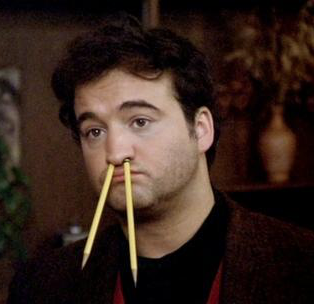 For a number of years, it was assumed that public education was swimming along, efficiently educating children of all ages. More recently, the products coming out of public schools have caused a troubling concern to leap into the minds of adults: are schools dumbing down the content they teach to students?
For a number of years, it was assumed that public education was swimming along, efficiently educating children of all ages. More recently, the products coming out of public schools have caused a troubling concern to leap into the minds of adults: are schools dumbing down the content they teach to students? The other day, a judge used a
The other day, a judge used a 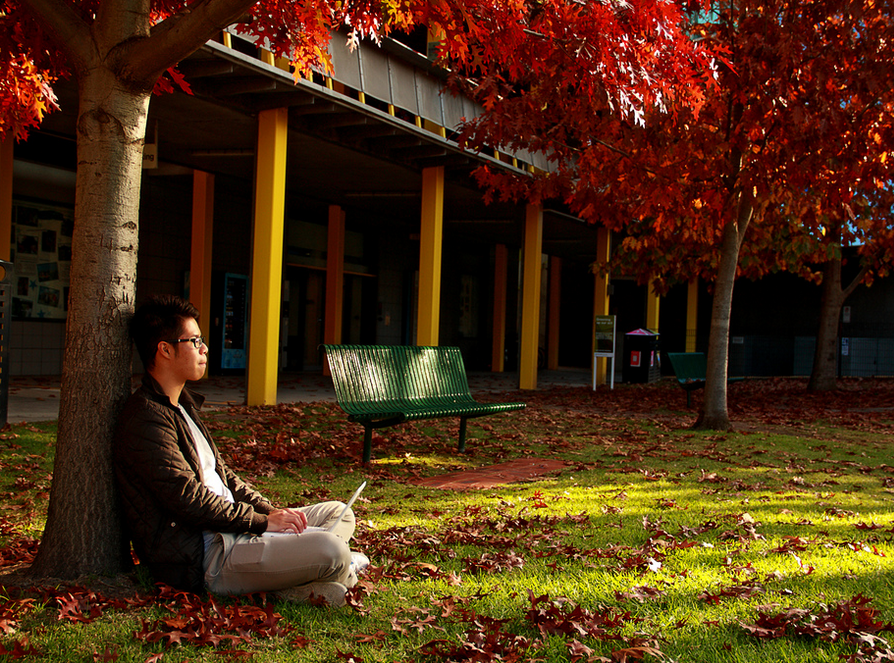 It’s no secret that homeschooling has experienced exponential growth in recent years. So much so, that Chris Weller noted in Business Insider that the homeschool population may soon overtake that of charter schools.
It’s no secret that homeschooling has experienced exponential growth in recent years. So much so, that Chris Weller noted in Business Insider that the homeschool population may soon overtake that of charter schools.